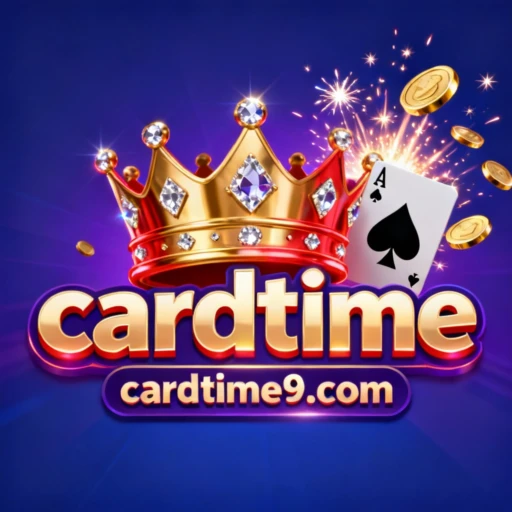
Explore the evolving landscape of gaming in the year 2025 with a focus on the Cardtime phenomenon.
As we step further into 2025, the gaming world has undergone significant transformations, with Cardtime emerging as a formidable force reshaping the gaming landscape. An English website initially catering to a niche audience, Cardtime has swiftly become a global phenomenon thanks to its unique blend of traditional card games and modern technology.
Cardtime's success in the gaming industry is attributed to its innovative approach to combining classic card games with a contemporary digital interface. This year, they introduced augmented reality features that allow players to engage in a more immersive experience. The interface overlays digital cards onto the physical world, blurring the lines between reality and digital gameplay.
The gaming community's response to Cardtime reflects wider trends observed in 2025. Players are increasingly seeking interactive and social experiences, and Cardtime's platform provides just that. The game has expanded its community features, introducing global tournaments and local meetups that allow players to connect both online and offline, fostering a sense of belonging within the gaming community.
Furthermore, Cardtime's commitment to accessibility has drawn praise from a diverse range of users. By implementing features that accommodate various user needs, including options for different languages and adaptive controls, Cardtime ensures that gamers of all backgrounds can enjoy their product. This inclusive approach is vital as the gaming population becomes ever more varied.
As Cardtime continues to grow, its influence extends beyond mere entertainment. Educational institutions have started using Cardtime's platform to engage students in strategic thinking and problem-solving exercises. This educational potential has not gone unnoticed, sparking discussions on integrating gaming into traditional learning frameworks.
The dynamics of Cardtime also highlight the shifting economic model in gaming. Subscription services and in-game purchases now offer sustainable revenue streams, benefiting both developers and users by ensuring regular updates and new content.
Cardtime exemplifies the future of gaming where community, technology, and inclusivity converge, setting a precedent for others to follow. As the years progress, watching how Cardtime evolves will provide valuable insights into the trajectory of digital entertainment.




